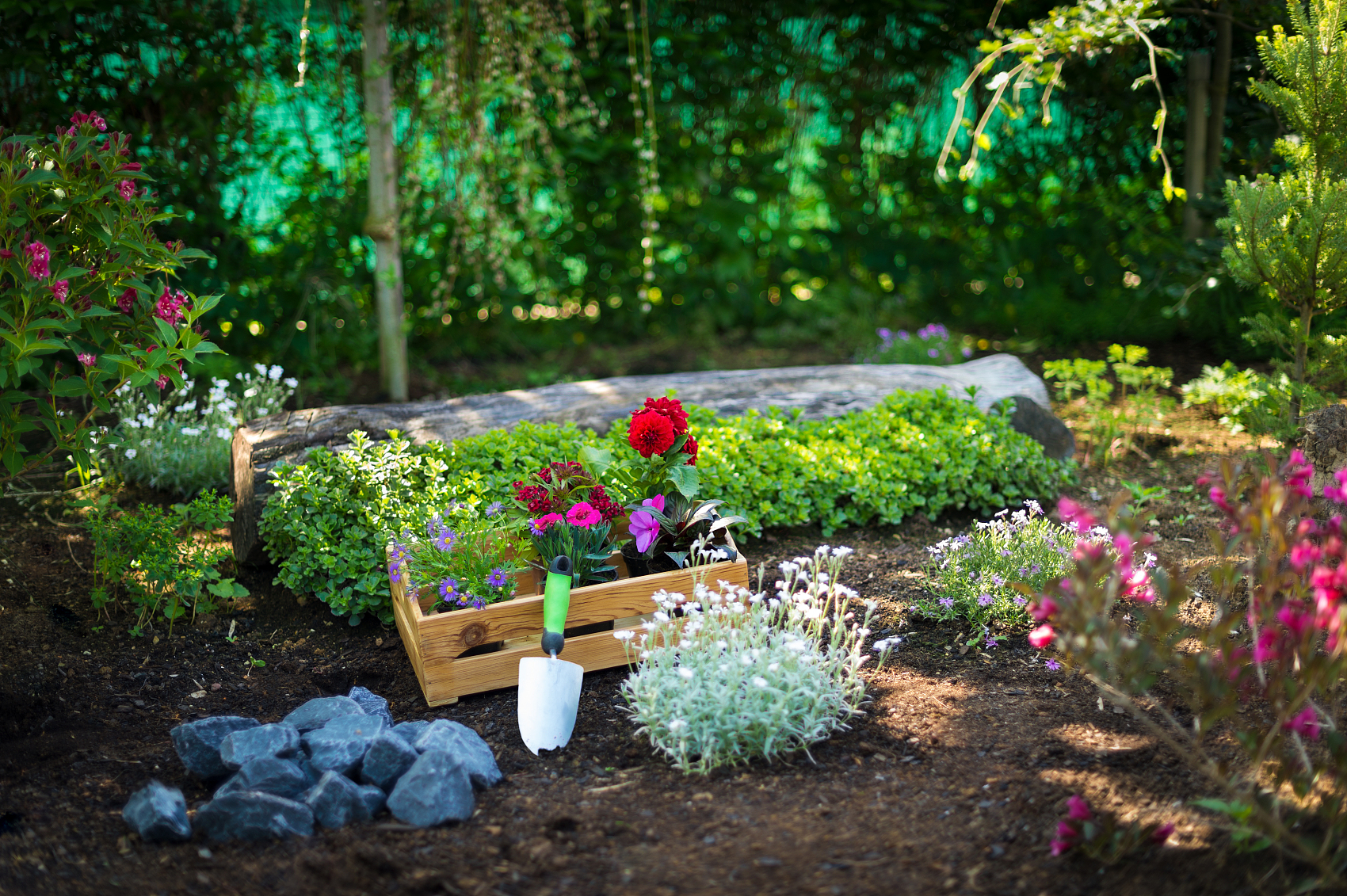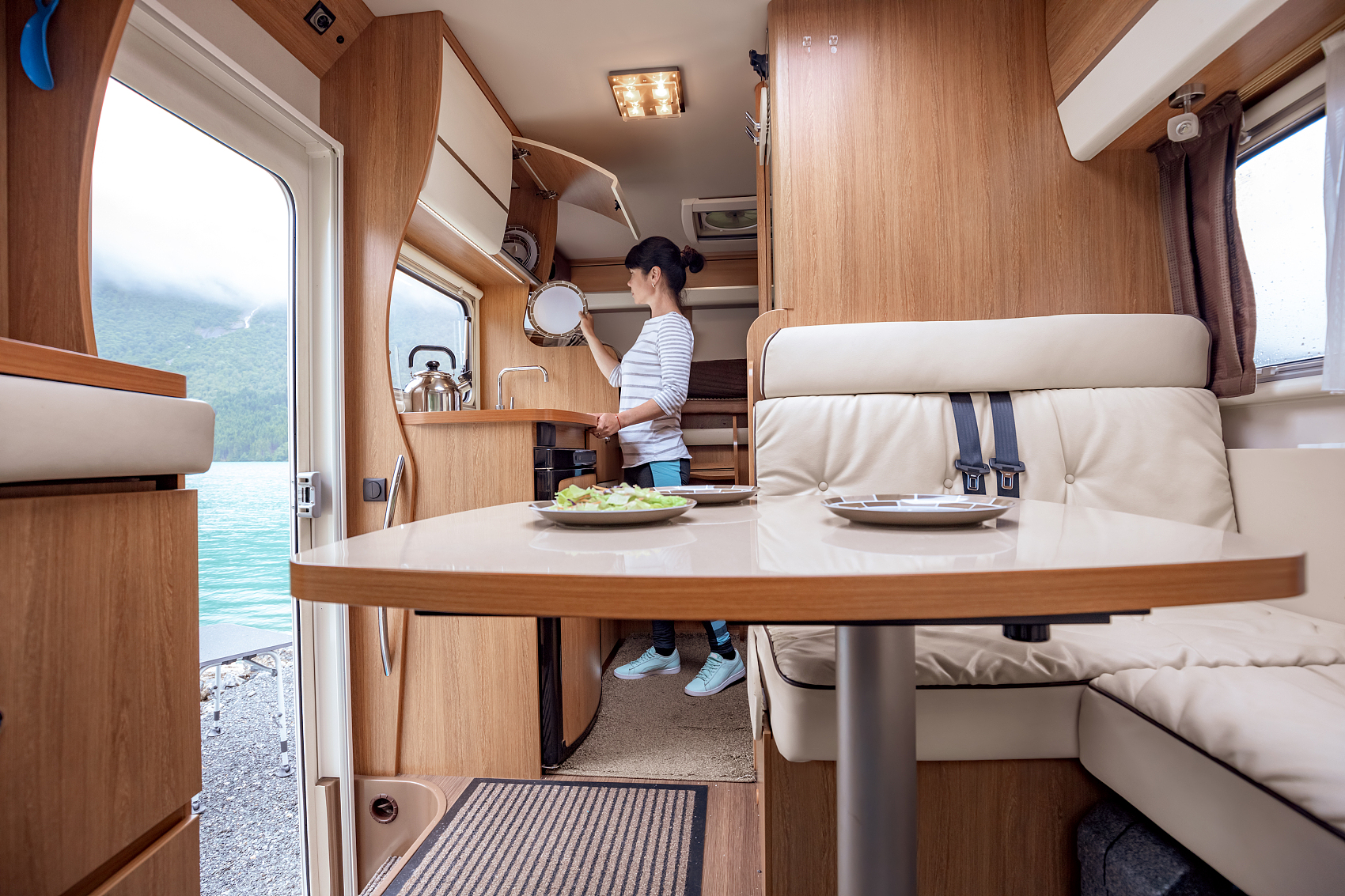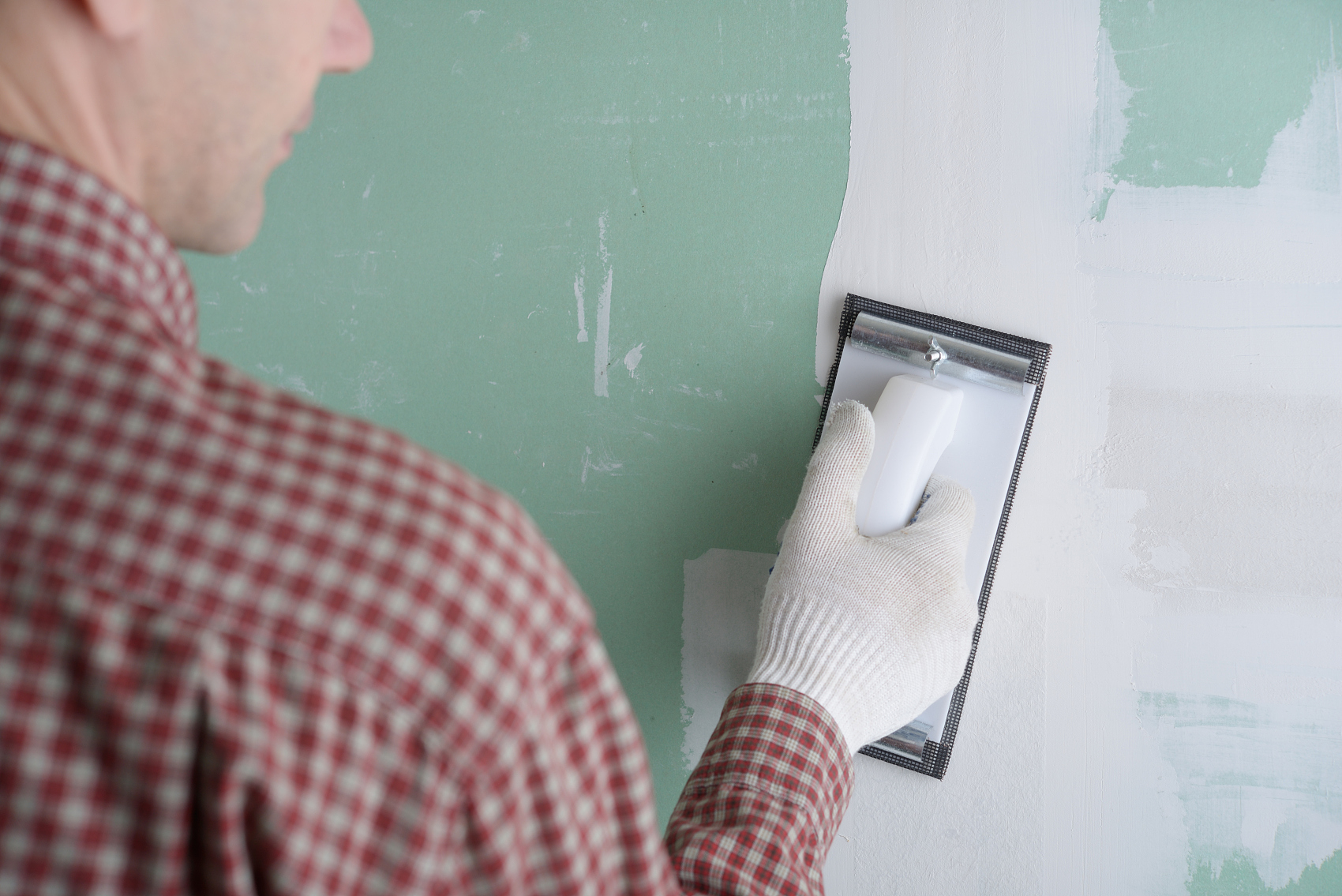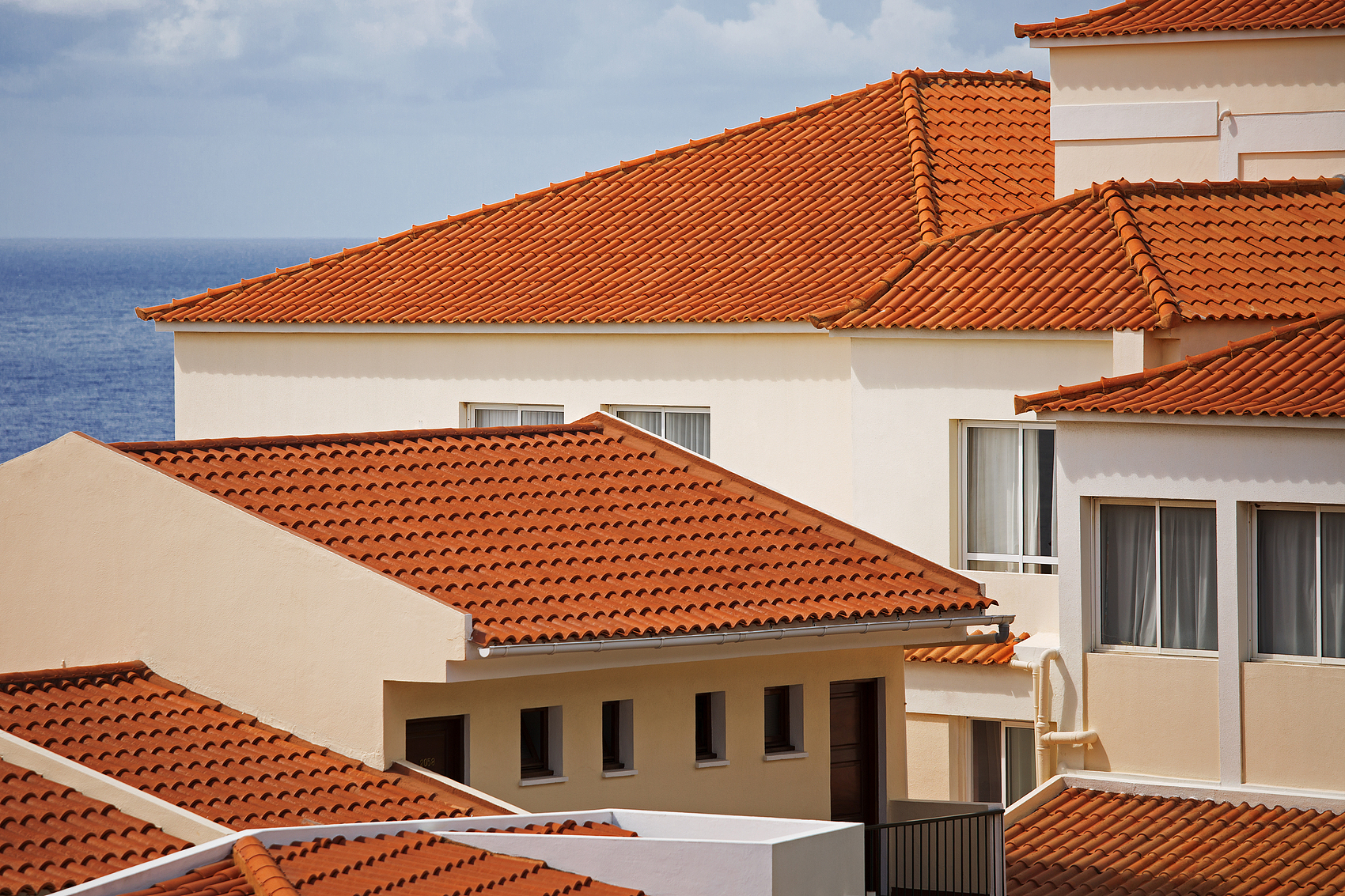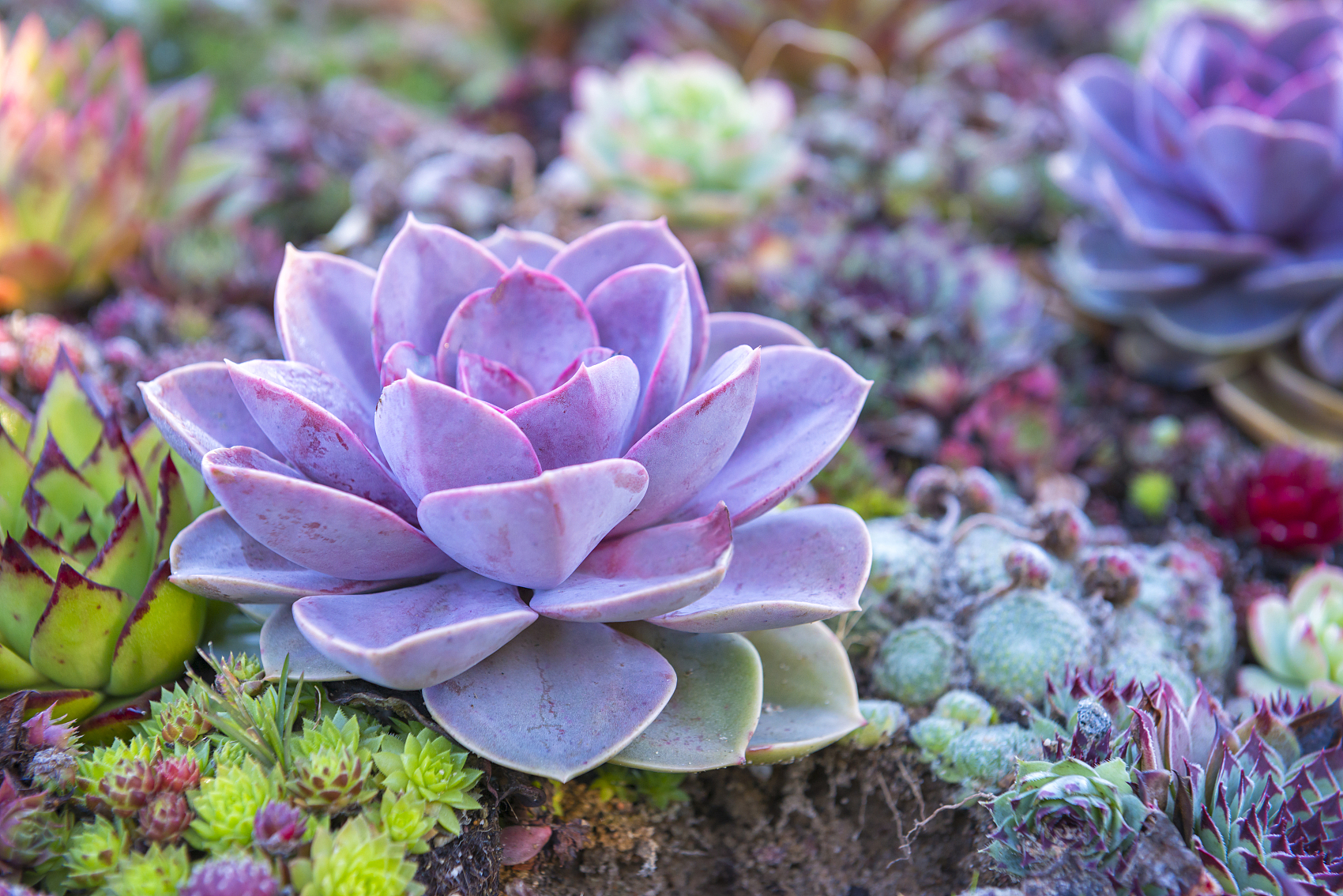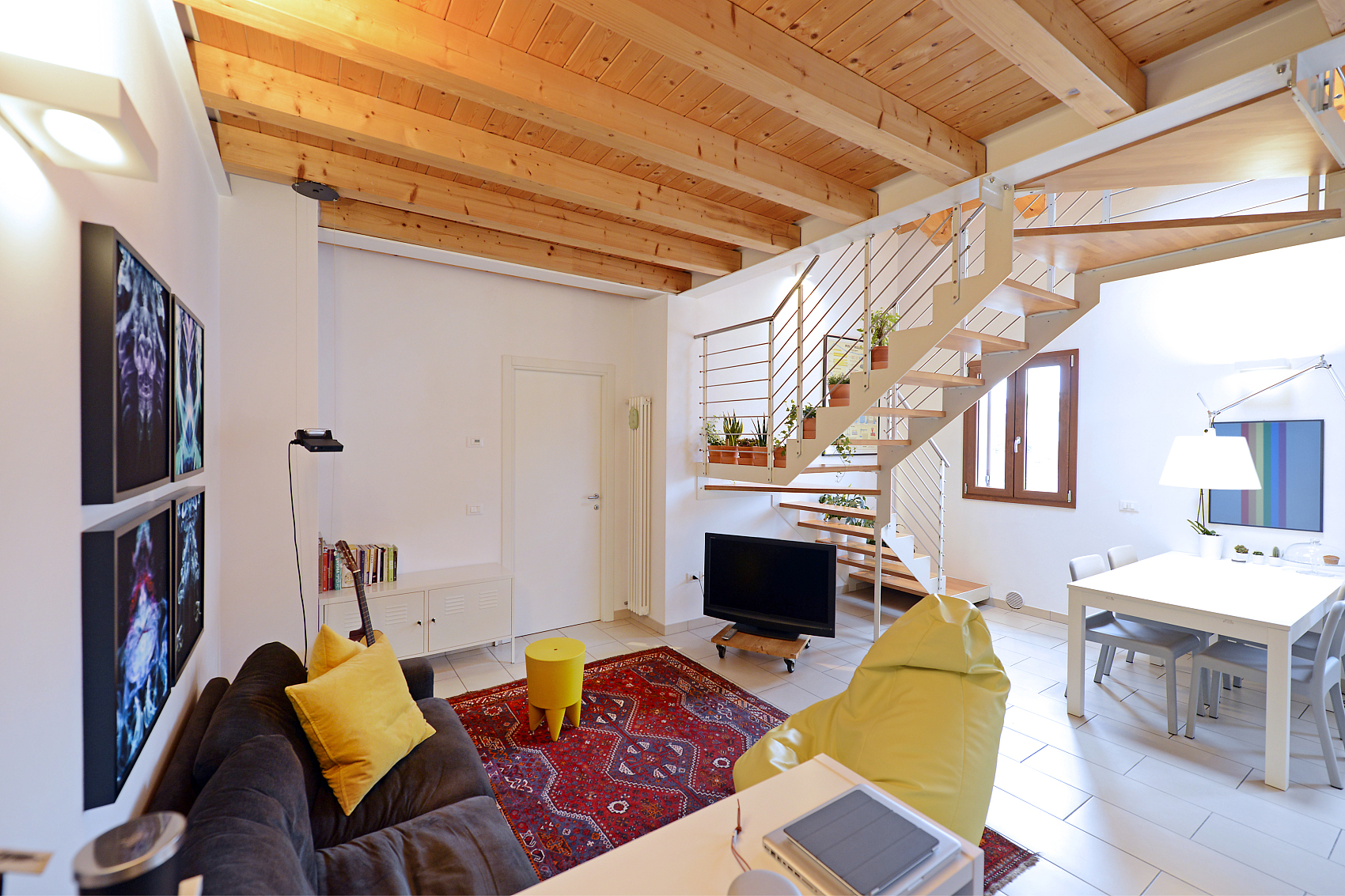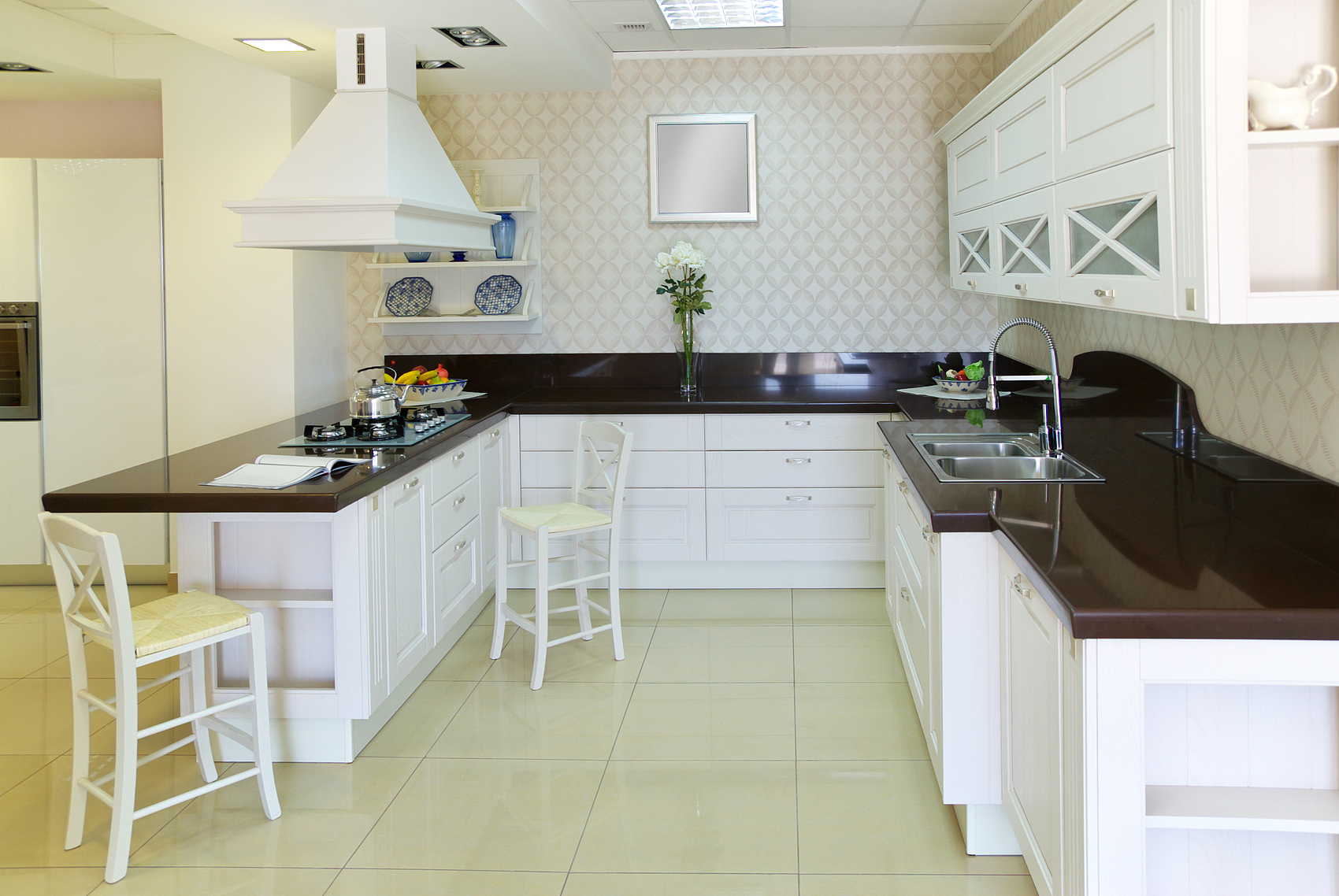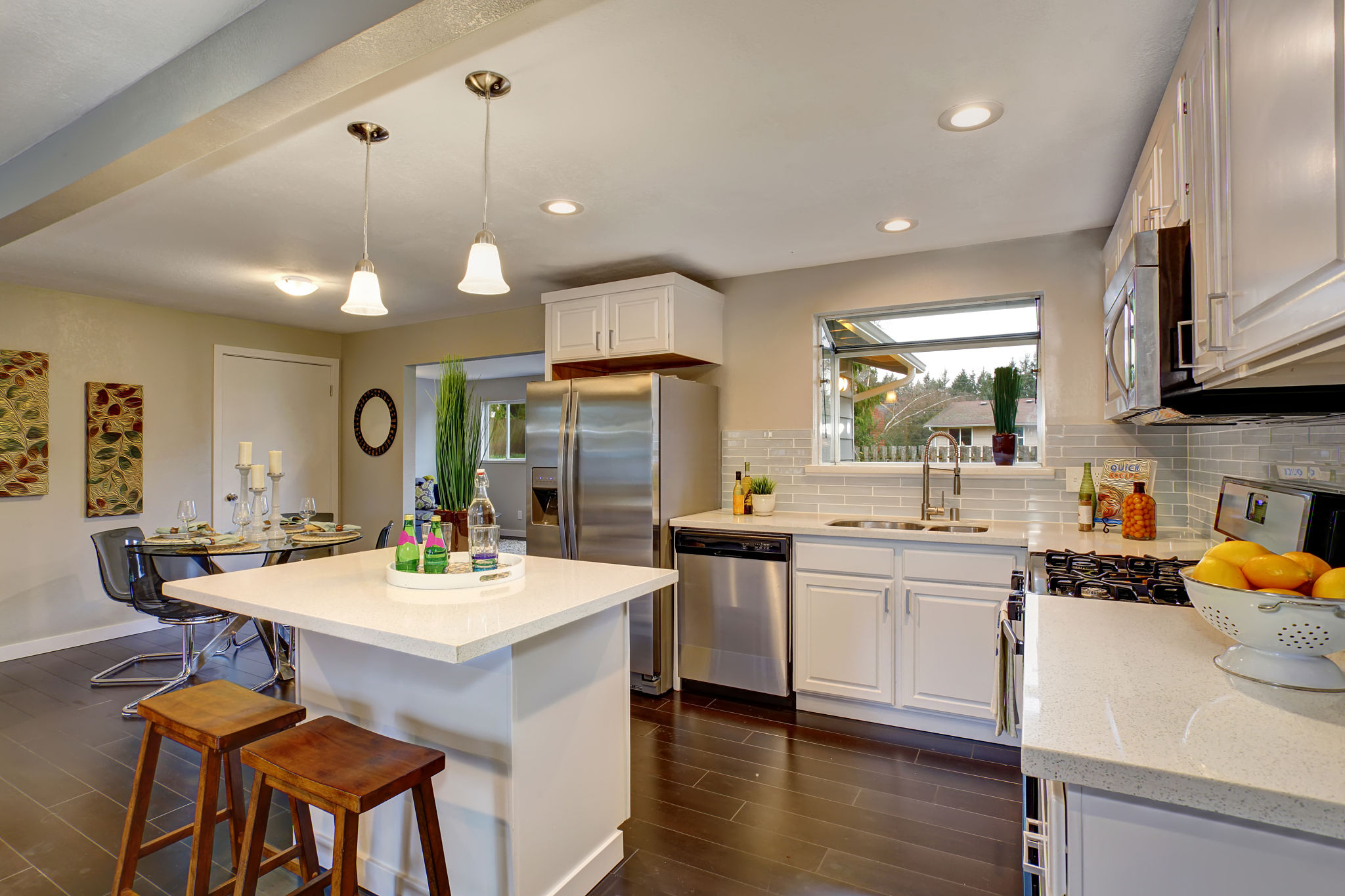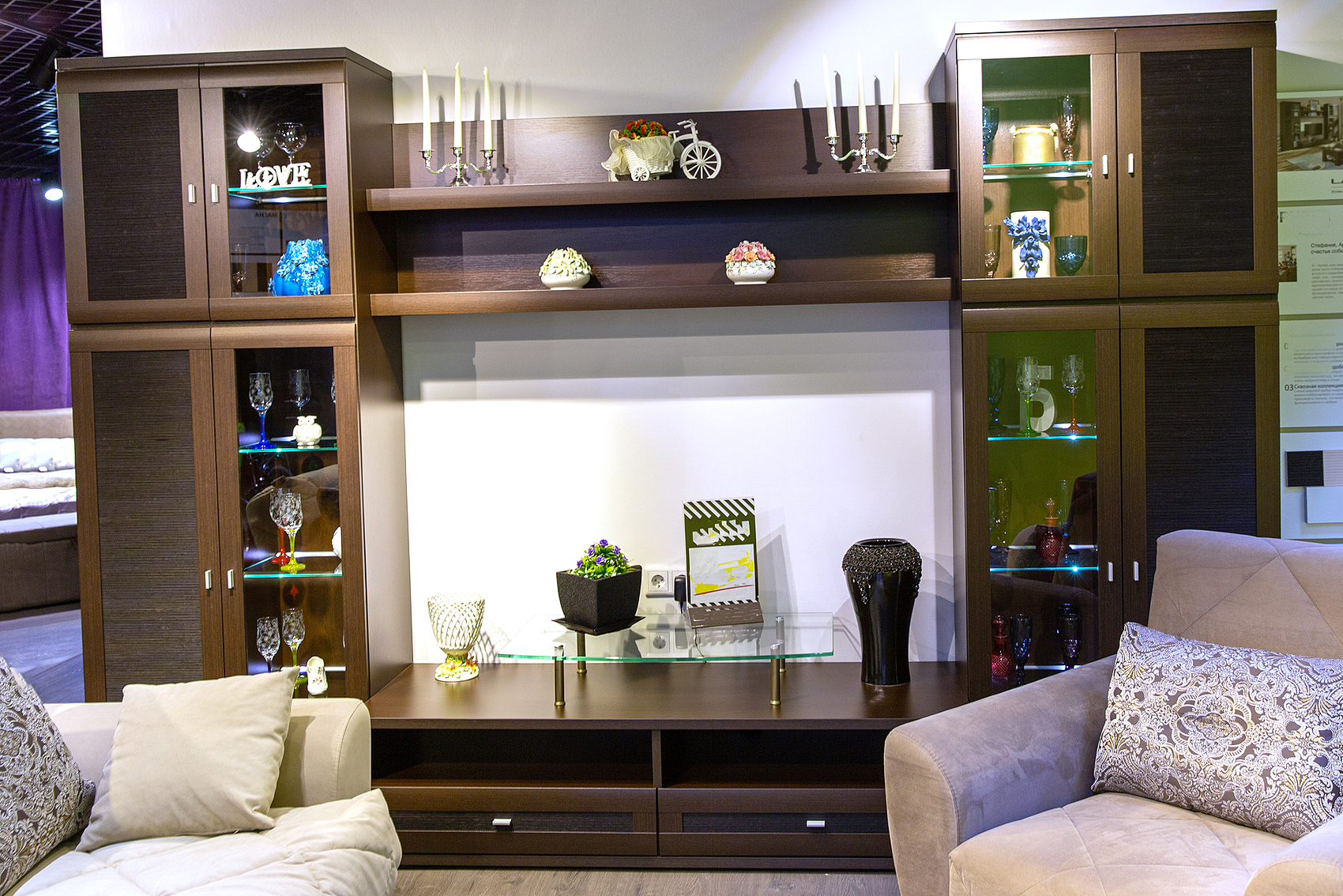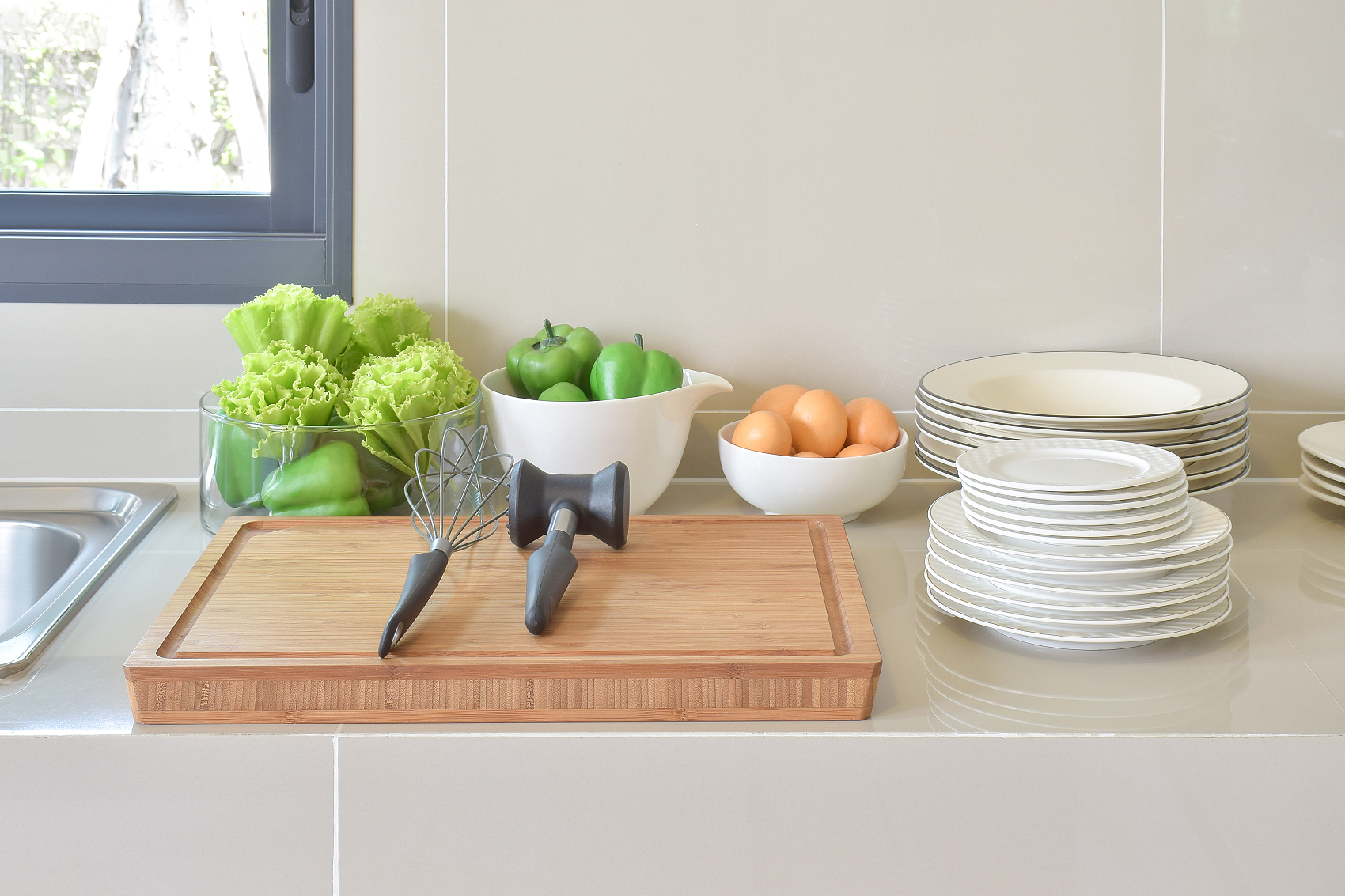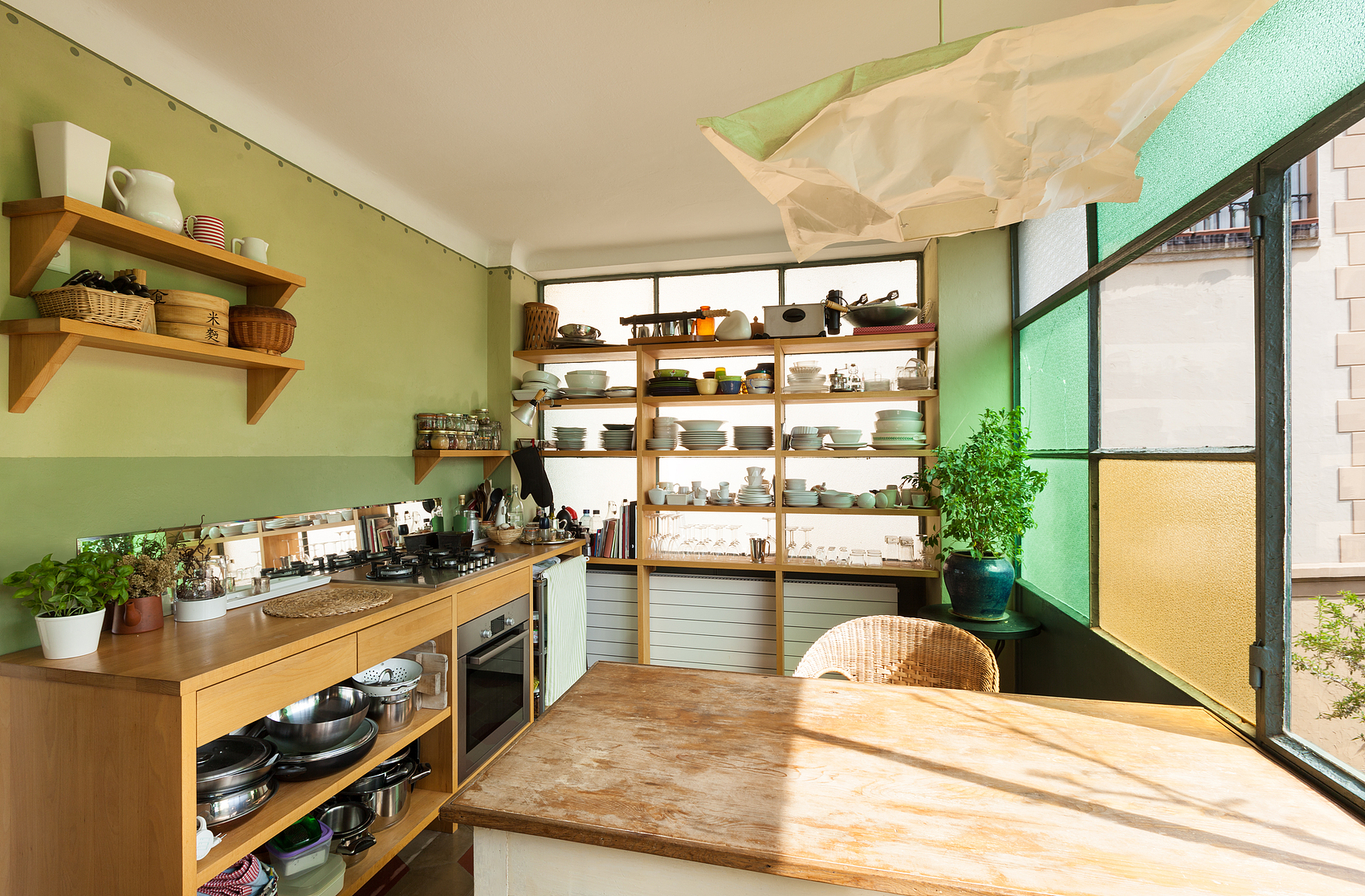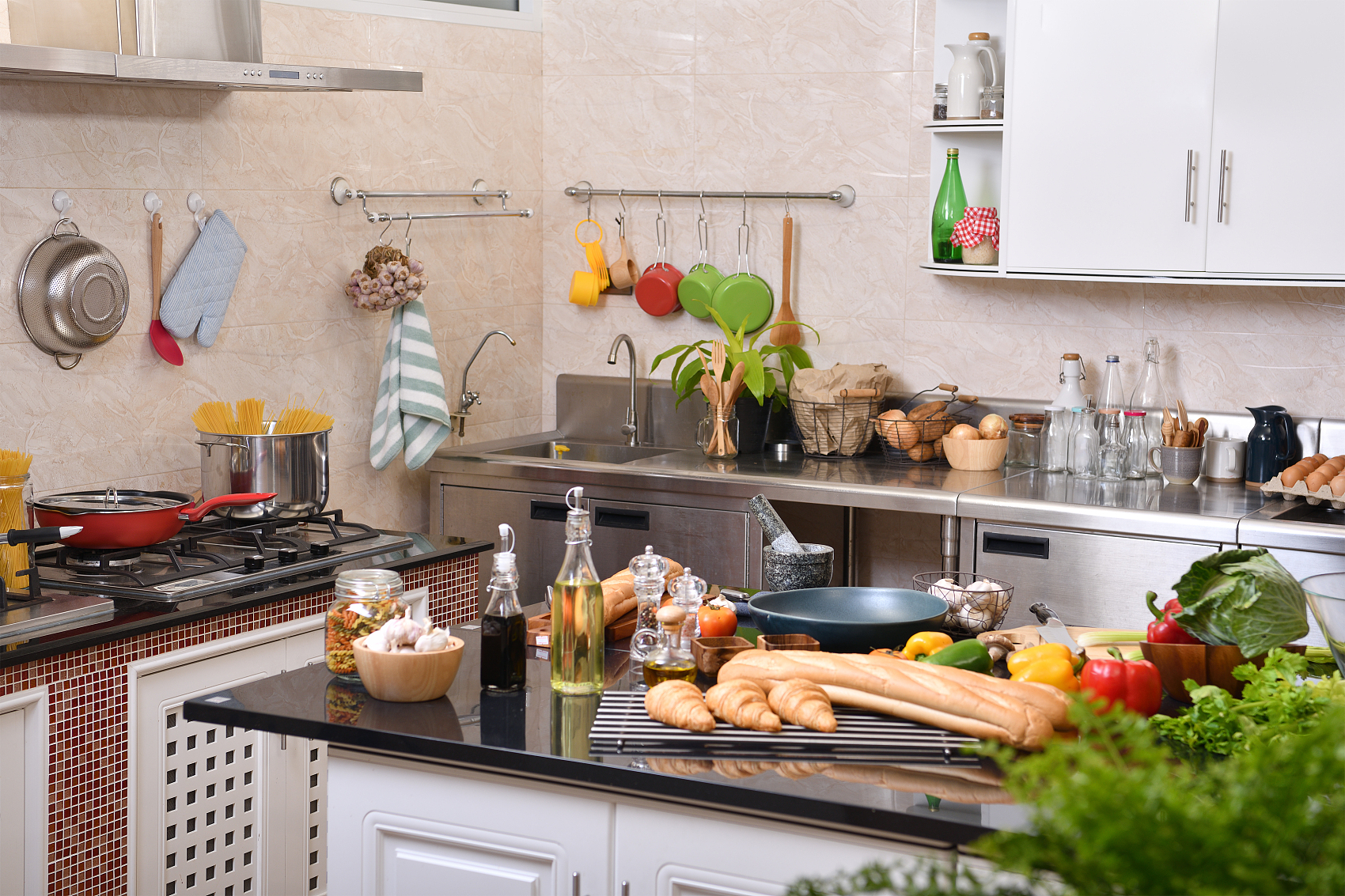Saving water isn’t just good for the environment; it’s also a smart way to lower your utility bills and keep your plumbing in top shape. If you’re looking for practical ways to cut down on water usage, consider reaching out to a professional plumber for advice and installation support. One of the best solutions available today is low-flow fixtures. Let’s dive into what they are, how they work, and why they’re a great investment for your home.
What Are Low-Flow Fixtures?
Low-flow fixtures are plumbing devices designed to use significantly less water than traditional options, all while maintaining the same level of performance. Whether it’s a showerhead, faucet, or toilet, these fixtures help reduce water consumption without sacrificing water pressure or efficiency.
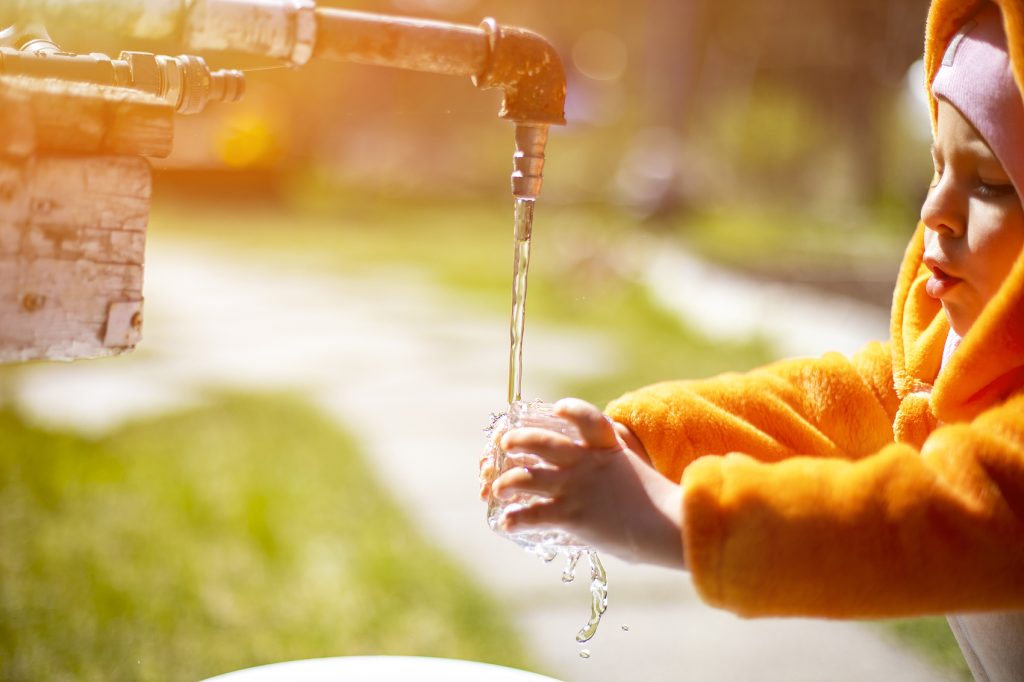
Types of Low-Flow Fixtures
- Low-Flow Shower Heads: These use aeration or special nozzles to maintain strong water pressure while cutting down on water flow.
- Low-Flow Toilets: Modern models use as little as 1.28 gallons per flush (GPF), compared to older toilets that use 3.5-7 GPF.
- Low-Flow Faucets: These provide around 1.5 gallons per minute (GPM) or less, whereas older faucets typically use 2.2 GPM or more.
Why Should You Switch to Low-Flow Fixtures?
1. Save Water
Switching to low-flow fixtures can help you conserve thousands of gallons of water each year. For instance:
- A standard showerhead uses about 2.5 GPM, but a low-flow version can reduce that to 2 GPM or less.
- Toilets make up nearly 30% of indoor water usage in most homes. Installing a low-flow toilet can save over 13,000 gallons of water annually.
2. Lower Your Bills
Using less water means lower monthly water bills. Plus, by reducing hot water consumption, you’ll also cut down on energy costs, making it a win-win situation.
3. Help the Environment
Reducing water usage helps ease the burden on municipal water supplies and wastewater treatment plants. It also preserves local ecosystems by keeping more water in rivers, lakes, and underground reserves.
How Do Low-Flow Fixtures Work?
Low-flow fixtures achieve water efficiency through smart design and technology:
- Shower Heads:
- Aerating Models: Mix air with water to maintain pressure while using less water.
- Laminar-Flow Models: Produce individual water streams to minimize waste.
- Toilets:
- Gravity-Assist Models: Utilize an efficient flush system to maximize water use.
- Pressure-Assisted Models: Use water pressure and air for a powerful flush with minimal water.
- Faucets:
- Aerators: Attach to the faucet tip to reduce flow while maintaining a steady stream.
- Touchless Models: Activate only when needed, preventing unnecessary water use.
DIY or Call a Pro?
Installing low-flow fixtures can be a simple DIY project if you enjoy hands-on work. For example:
- Shower Heads: Just unscrew the old one and twist on the new one.
- Faucet Aerators: Simply screw them onto the faucet tip.
For more complex installations, like low-flow toilets or touchless faucets, hiring a professional plumber is a smart choice. They can recommend the best fixtures for your home and ensure proper installation.
Extra Tips to Save Even More Water
Switching to low-flow fixtures is a great start, but here are a few more ways to boost your water savings:
- Fix Leaks: A dripping faucet can waste hundreds of gallons each year.
- Upgrade Appliances: Look for ENERGY STAR-certified dishwashers and washing machines.
- Practice Smart Habits:
- Turn off the tap while brushing your teeth.
- Collect water while waiting for it to heat and use it for watering plants.
- Use Smart Irrigation: If you have a lawn, a smart irrigation system can optimize water use.
Addressing Concerns About Low-Flow Fixtures
Some people worry that low-flow fixtures might not perform as well as traditional ones. But thanks to modern technology, these fixtures now deliver the same functionality without wasting water.
Performance Myths: Older models sometimes struggled with weak pressure, but today’s designs ensure a satisfying water flow.
Cost Concerns: While low-flow fixtures might have a higher upfront cost, they quickly pay for themselves through lower water and energy bills. Plus, many local utilities offer rebates to offset the cost.

Real-Life Savings: A Case Study
Imagine a family of four switching to low-flow fixtures:
- Shower Heads: Save up to 12,000 gallons annually.
- Toilets: Reduce water use by 16,000 gallons per year.
- Faucet Aerators: Save an additional 700 gallons.
That’s nearly 30,000 gallons of water saved annually—enough to fill an entire swimming pool!
Choosing the Right Low-Flow Fixtures
When shopping for low-flow fixtures, look for the WaterSense label from the Environmental Protection Agency (EPA). This certification guarantees efficiency and performance. Here’s what to aim for:
- Shower Heads: 2 GPM or less.
- Toilets: 1.28 GPF or lower.
- Faucets: 1.5 GPM or less.
Final Thoughts
Switching to low-flow fixtures is one of the easiest and most effective ways to save water, lower your bills, and help the environment. Whether you’re replacing an old showerhead, upgrading your faucets, or installing a new toilet, these small changes can have a big impact.
So why wait? Start exploring low-flow plumbing options today and take the first step toward a more water-efficient home. You’ll appreciate the savings, and the planet will thank you too.


